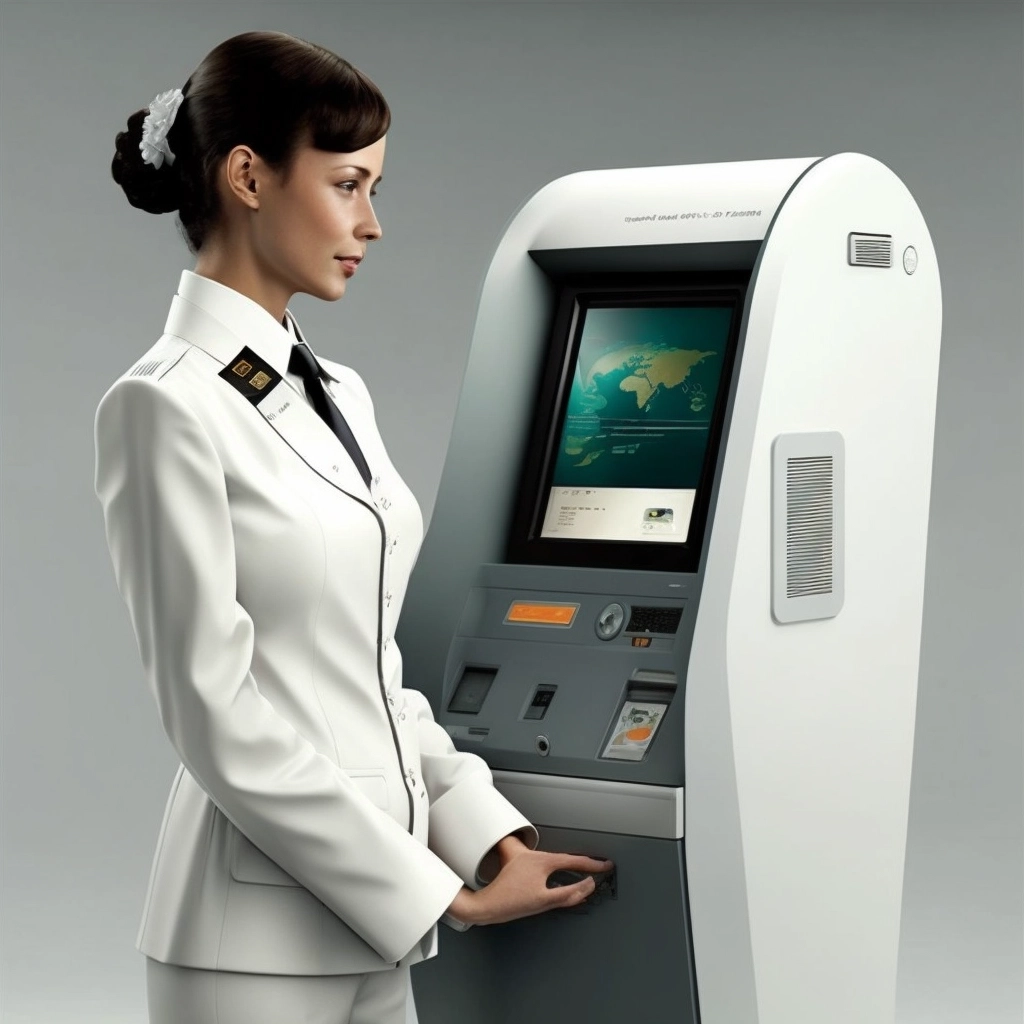Revolutionizing Aircrew Identification: The Future of Biometrics
With biometric technology, aircrews can be authenticated using fingerprint, iris, and facial recognition. This offers a level of precision that manual verification simply can not match. Furthermore, because biometric authentication is digital and automated, it eliminates the possibility of errors resulting from human mistakes. Additionally, biometrics drastically reduce the threat posed by imposters who might try to deceive traditional methods of identification. As a result, aircrews are safer and more secure when traveling from one destination to the next. By implementing biometric solutions throughout the industry, airlines are sure to have the most reliable form of identification available in an ever-growing competitive aviation market.
Both fingerprint and facial recognition systems offer a viable option when it comes to aircrew identification. Fingerprint recognition provides a fast and accurate method of verifying aircrew identities, and its convenience means it can easily be integrated with existing systems like those for boarding pass issuance. Facial recognition, on the other hand, is useful for identifying personnel who might be wearing uniforms or otherwise have their features obscured. Both of these biometric methods offer a dependable way of confirming an individual’s identity in the air travel sector.In addition to fingerprint and facial recognition, there are other biometric methods that can be used for aircrew identification, such as iris recognition and voice recognition. Each of these methods has its own advantages and disadvantages, and the best approach will depend on the specific needs of the airline and the security requirements of the airport.
As air travel continues to become more advanced, airlines are looking for ways to improve the security and efficiency of their processes. One way they have chosen to do this is through the implementation of biometric aircrew identification systems. These systems make use of biometrics such as fingerprints and facial scans to positively identify authorized personnel and gain access to restricted areas. Additionally, it provides a much more efficient and accurate verification process than manual methods, allowing for faster boarding times. When modern biometric technology is combined with standard security protocols, it creates a secure yet convenient check-in experience that benefits all passengers on board. Clearly, biometric aircrew identification systems offer numerous advantages over traditional methods and it is becoming increasingly adopted by many airlines these days.
Biometric aircrew identification technology offers numerous advantages and helps to minimize the risks associated with manual verification processes. One of its biggest benefits is the drastic reduction of human error, as the biometric data of each crew member is directly compared against stored information for accurate and efficient matching. Not only does this help ensure that the right people gain access to restricted areas at all times, but it also provides a much more secure environment thanks to real-time tracking and monitoring capabilities. Biometric aircrew identification systems are quickly becoming an essential part of aviation security, allowing airports and airlines to protect vulnerable resources while keeping unauthorized personnel out.However, implementing biometric aircrew identification systems is not without its challenges. One of the major concerns is privacy and data security. Biometric data, such as fingerprints and facial features, is sensitive information and it’s crucial that the systems used to store and process this data are secure and compliant with all relevant laws and regulations.
With the ever-growing need for security and efficiency in aviation, biometric identification systems are fast becoming a necessary tool. Though there may be some initial costs associated with implementing and maintaining these technologies, they’re more than worth it – not only do they offer unbeatable accuracy; their benefits far outweigh any potential drawbacks. The future of aircrew protection is here: biometrics is just the beginning!
Biometric aircrew identification is making waves in the aviation industry as its secure, efficient and accurate technology offers an innovative replacement to traditional methods. This transformation continues to result in safer skies for all passengers- with more airlines adopting biometric systems than ever before! With advancements always taking place, we can look forward continuing growth of this ground breaking technological integration into the world of flying.


